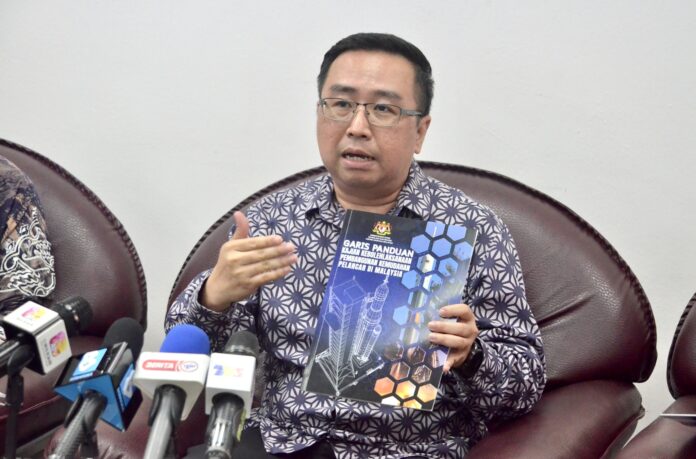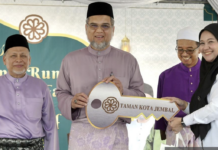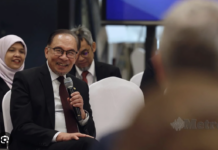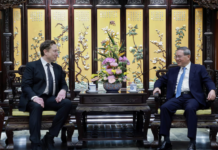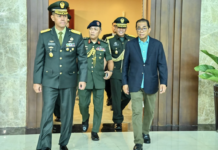KUALA LUMPUR, Nov 2 — The Ministry of Science, Technology and Innovation (MOSTI) today launched the feasibility study guidelines for the development of a space launch site in Malaysia to ensure that the development of the country’s space sector is well-planned and effective.
Minister Chang Lih Kang said the guidelines, approved by the National Space Committee (JANGKA), were created following demand from local and international industry players including state governments to explore the construction of a space launch facility.
“Malaysia is strategically located close to the equator, making us one of the suitable countries to develop launch facility infrastructure in this region. We also have an advantage in terms of a relatively mature E&E (electrics and electronics) industry and are not prone to major natural disasters like earthquakes or volcanoes.
“…so (Malaysia) is a suitable location and we have huge potential to develop (a launch facility infrastructure),” he told reporters after presiding over the JANGKA meeting, here, today.
He said the guidelines underscore eight main scopes that entities seeking to develop a space launch site in Malaysia must study namely site analysis, technical analysis, risk analysis, environmental analysis, cost and financial analysis, market analysis, legal analysis and stakeholder analysis.
“Industry players must thoroughly analyse these eight scopes before they can obtain government approval to develop a launch facility in Malaysia,” he said.
“This is a huge industry, so we are not looking at the launch facility alone but the entire ecosystem that will grow once we have this facility,” he said, adding that relevant projects would involve the private-finance initiative (PFI).
Elaborating, Chang said the guidelines will also encourage space industry players to develop a space site launch that would spur other related development through transfers of technologies and expertise.
“Of course, if you ask me, we must start somewhere. Now we don’t have much expertise to manufacture rockets (for example) but if we have the launch facility then maybe we can start having some capabilities to assemble.
“… we start from assembly and then we develop slowly, there will be technology transfers along the way. That’s how we start (developing) an industry,” he said.
On whether Malaysia has enough expertise to accommodate the space sector, MOSTI secretary-general Datuk Dr Aminuddin Hassim said the proposals (applications) submitted to the ministry would be the signal for universities and other institutions to engage with the space industry and provide the necessary talent.
The Malaysian Space Agency (MYSA) under MOSTI led the development of the guidelines, which is in line with the implementation of the second thrust of the National Space Policy 2030 that focuses on activities to enhance significant space technology, infrastructure and applications for the country.
The development process involved several engagement sessions with federal and state agencies, industries and academia held between March and October this year to ensure that the guidelines are comprehensive and meet the requirements of all relevant parties.
The guidelines also serve as a reference to avoid overlaps of regulations and acts that are currently in force.




